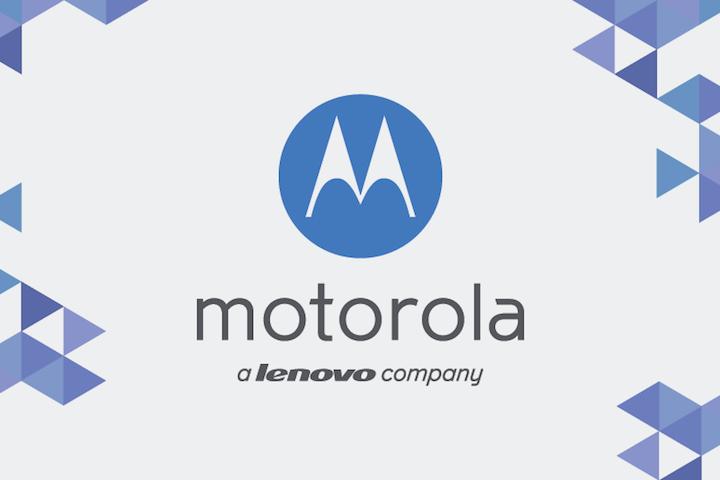
The deal is described as a partnership, and Motorola says it has found “a partner that shares our mission and brings global scale” in Lenovo. By joining forces, it claims the new company is “positioned to push the boundaries of choice and value, and bring exciting new experiences to people everywhere.”
The past few years have seen a renaissance at Motorola, starting with the Moto G, and culminating with the Moto 360 and Droid Turbo. New owners mean new ways of doing things, but it sounds like Lenovo’s keen to keep up the momentum, with the minimum of disruption.
More pure Android hardware to come from Motorola
Motorola confirms it’ll continue to build “pure” Android hardware — no special user interfaces here, thankfully — and send out fast software updates. More importantly for the future, it commits to “develop mobile devices that bring people unprecedented choice, value, and quality.” What’s more, the Moto and Droid names will continue, and the company will stay in its Chicago headquarters.
Over at Lenovo, CEO Yang Yuanqing calls the partnership a “winning combination,” and a “perfect fit.” Google’s Larry Page is also quoted, saying “Motorola is in great hands with Lenovo, a company that’s all-in on making great devices.” Lenovo’s positive about the future, saying it fully expects the two companies to ship at least 100 million mobile devices in 2014.
Strategy Analytics’ Neil Mawston puts the combined might of Lenovo and Motorola at 8 percent of the global smartphone market, and says the wider distribution channels are a considerable advantage of the merger. However, the pairing still has plenty of work ahead of it, if it’s to become a success. Mawston notes the rapid rise of Xiaomi is causing Lenovo problems, to the point where it may launch a competitor, and Motorola hasn’t made a profit in several years.



